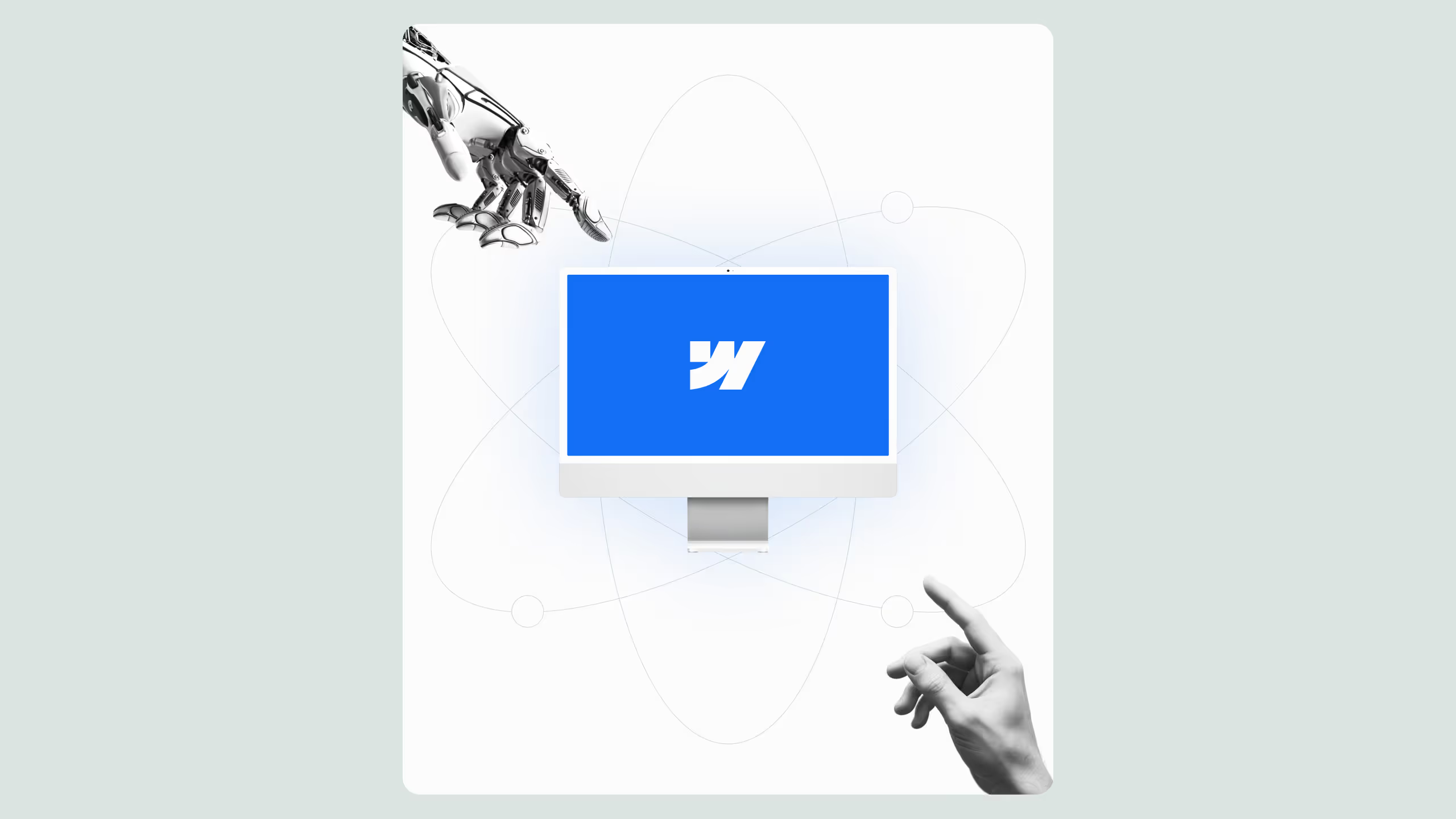AI content features in Webflow for the best SEO strategy

In 2025, Webflow’s AI content features redefine how businesses approach SEO, turning optimization from a manual process into an intelligent, built-in workflow. These tools generate headlines, metadata, and keyword-aligned structures that match search intent while maintaining brand tone. When combined with human refinement, Webflow AI enables faster content creation, higher rankings, and stronger conversion performance. Broworks highlights that this blend of AI precision and human creativity forms the foundation of the best SEO strategy for long-term, scalable growth.
In 2025, the intersection of artificial intelligence and website optimization is no longer an emerging trend but a central driver of growth. Webflow has positioned itself at the forefront of this shift by introducing AI content features that transform how websites are designed, optimized, and scaled. For businesses aiming to implement the best SEO strategy, these tools bring a competitive advantage that blends creativity with data-driven precision.
Why AI content features matter for modern websites
Webflow’s new AI features are not gimmicks. According to Webflow’s AI overview, these tools help streamline everything from writing copy to generating image prompts, giving teams the ability to create at scale without compromising quality. The true impact is on optimization, where content is automatically aligned with user intent and search engine expectations.
Instead of spending hours brainstorming headlines or refining metadata, businesses can now let AI handle repetitive tasks. This frees up time to focus on strategy, storytelling, and conversions. From an SEO standpoint, it also ensures that content is structured and keyword-ready from the beginning, which is essential for implementing the best SEO strategy.
How Webflow AI enhances search visibility
AI content features in Webflow bring optimization directly into the design and publishing process. According to Webflow’s blog on AI-generated content, the platform allows creators to:
- generate high-converting headlines and descriptions based on search intent
- adjust tone and style to match brand guidelines while staying SEO-friendly
- receive instant keyword recommendations for better on-page targeting
- optimize content structures such as FAQs, lists, and landing page layouts
This makes Webflow more than just a design tool. It becomes an SEO assistant that helps content rank faster and perform better across search engines. The integration of AI ensures websites stay relevant in competitive markets where rankings shift rapidly.
Optimizing transactional content with Webflow AI
A successful strategy is not about publishing more content, but about publishing content that converts. Webflow’s AI supports transactional intent by helping businesses target visitors who are ready to take action. This includes optimizing calls-to-action, crafting persuasive landing page copy, and ensuring technical SEO is in place.
Best practices for implementing AI-driven SEO in Webflow
To make the most of AI content features, follow these practices:
- Integrate AI early in the workflow: use AI-generated drafts for structure, then refine them with human expertise for authenticity and trustworthiness.
- Focus on transactional keywords: prioritize terms where users are ready to engage or purchase, as these deliver higher ROI.
- Maintain brand consistency: while AI generates options, human review ensures tone, authority, and credibility stay intact.
- Track conversions, not just traffic: align AI-powered SEO efforts with clear business goals to measure true effectiveness.
- Update continuously: AI insights evolve alongside algorithms, so treat optimization as an ongoing process, not a one-time fix.
Future-proofing SEO with Webflow and AI
The combination of Webflow’s design freedom and AI-powered optimization sets a new benchmark for SEO in 2025. By embedding intelligence into every stage of the content process, businesses can deliver pages that rank, engage, and convert more effectively than traditional approaches.
AI does not replace human creativity. Instead, it amplifies it, ensuring that every headline, meta description, and landing page serves both user intent and search engine requirements. This synergy makes AI content features in Webflow the foundation of the best SEO strategy for sustainable growth.

.svg)
.svg)


.svg)




